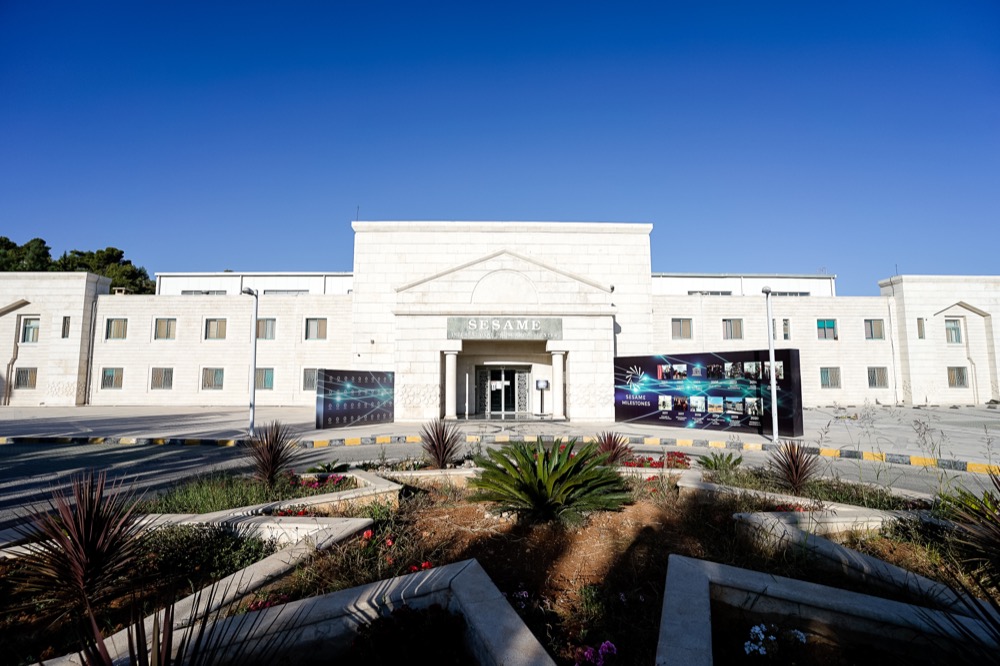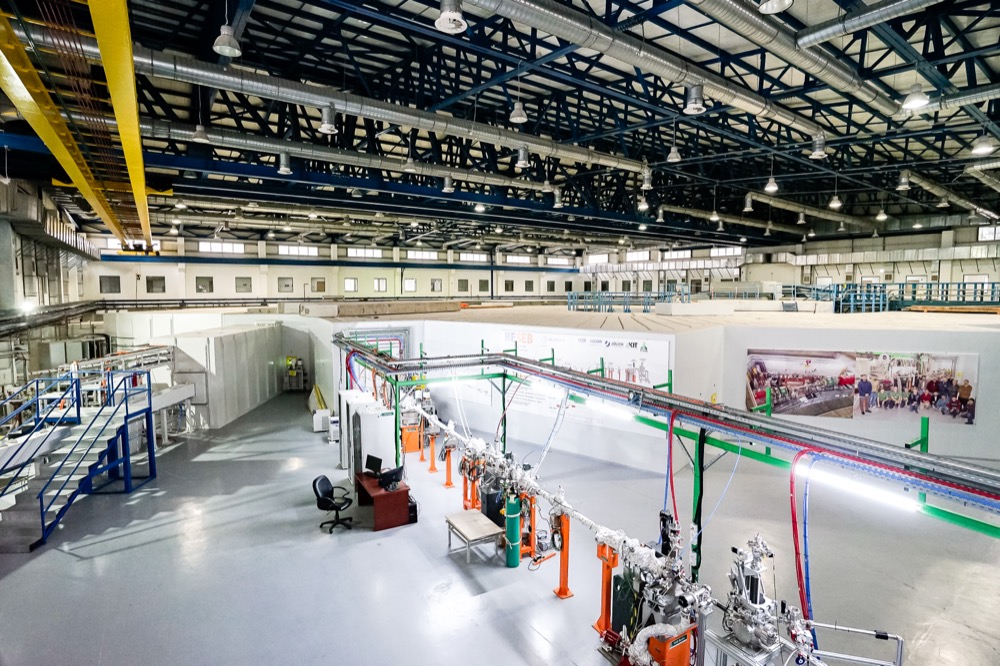
The Members of SESAME have recently approved a Five-Year Strategic Plan that sets their vision and goals for the Center during the next five years (2024-2028).
SESAME now has five operational beamlines, three that have been hosting users for a few years and two that have come on stream this year. A sixth is under construction. The Center has a 48-room Guest House where it may accommodate users and a solar power plant that covers all the energy needs of the accelerators, beamlines and SESAME building.
It has an ever-increasing number of registered users (currently 1,538) and if one adds the one call for proposals issued in 2016, 2018, 2019, 2021 and 2022, as well as those received for the first call in 2023, this amounts to a total of 572 proposals. Of these, 294 had been approved.
At today’s date, there are 84 articles that have appeared in peer-review publications for experiments carried out at the three beamlines that have been in operation for a few years, and the average scientific impact factor of the journals in which these papers have been published is 5.4, with 25% of them being in journals having an impact factor greater than 7.
In other words, SESAME has now entered a more user-oriented phase of its evolution. This makes the setting up of sample preparation infrastructures to allow users to take full advantage of the beamlines a priority, and essential upgrades to some of the operational beamlines a must, as well as improvements to the accelerators to enhance machine reliability and performance and beam availability and stability of prime importance. It also makes the setting in place of a series of support laboratories to assist users in carrying out their studies and support the research conducted at the beamlines, as well as an upgrade of the optics for the BM02-IR (Infrared) spectromicroscopy beamline, new focusing optics for the BM08-XAFS/XRF (X-ray Absorption Fine Structure/X-ray Fluorescence) spectroscopy beamline, and the establishment of a pool of sample environment systems to meet the users’ demands crucial. For the moment, three support laboratories are envisaged. They are a ChemLab, MatLab and BioLab. It further makes the installation of a UPS (Uninterruptable Power Supply) and diesel generator for SESAME’s security system and emergency lights, and renovation of the fire alarm system mandatory infrastructure upgrades.
All this is envisaged in what is referred to in the Strategic Plan as Category A activities, in other words, activities that are critical for the sustainability of SESAME’s activity that need to be implemented during the period of the Strategic Plan in order to consolidate the existing beamlines and implement the gaps in the Scientific, Technical and Administrative Sectors. Funding to the amount of US$5.908M is required for these activities. This is divided as follows: US$4.350M for the Scientific Sector, US$1.333M for the Technical Sector and US$0.225M for the Administrative Sector.
However, SESAME’s ambitions go beyond this. It seeks to expand its suite of beamlines by the construction of five new ones, with the primary focus being on an MX (Macromolecular/protein crystallography), SAXS/WAXS (Small-Angle and Wide-Angle X-ray Scattering), and VUV (Vacuum UltraViolet) spectroscopy beamline - the laboratory may be exploited in up to 20 or more experiments operating simultaneously on independent beamlines. It aims to replace its current 800 MeV injector with a full energy injector, that is a 100 MeV Linac and a 2.5 GeV booster synchrotron that allows top-up injection. It strives to upgrade the RF (Radio Frequency), cooling, control, diagnostics and power supply systems, and to further maintain and improve the beam stability. It plans to construct an administrative building to accommodate its growing number of staff members, and to house an auditorium with a large seating capacity for big meetings, as well as smaller rooms for meetings restricted in size or parallel sessions of larger meetings.
These are what are referred to in the Strategic Plan as Category B activities and their implementation is subject to the availability of the required funds – US$43.091M, of which US$32.000M are for the Scientific Sector, US$8.141M for the Technical Sector, and US$2.950M for the Administrative Sector. The Plan proposes various scenarios for securing these funds. These are the payment of delayed contributions to SESAME’s Operational and Capital Budgets; voluntary donations by SESAME Members; the commercial sale of SESAME beam time; international funding projects; new and Associate Members; and donations by associate synchrotron laboratories of parts and components in a good condition that have become surplus to their requirements, or loans for a set duration.
The Strategic Plan also sets out the annual Operational Buget, which for the five years of the Plan will gradually increase from US$5.289M in 2024 to US$7.914M in 2028, and so enable implementation of the day-to-day activities envisaged therein, and the number of staff posts to grow from the present 86 to 126 by the end of 2028.
A novality in the Strategic Plan is the development of a communications and outreach strategy to reach out to the scientific community in its broadest sense, policy- and decision-makers, and the public at large. This strategy aims at highlighting SESAME’s capabilities and giving greater visibility to high-impact research carried out by users and the staff to a diverse set of audiences, including current and potential users, research centres, universities, representatives of SESAME’s Members, other synchrotron facilities, and the public at large. It will do so inter alia through written material such as a newsletter, ad hoc leaflets, press releases, and articles and highlights on SESAME’s web site, as well as tours of the Laboratory and verbal presentations about the Facility. Among the channels of communication that will be used to implement this strategy will be the social media, SESAME’s web site, an electronic mailing list, and in-person and online meetings.


